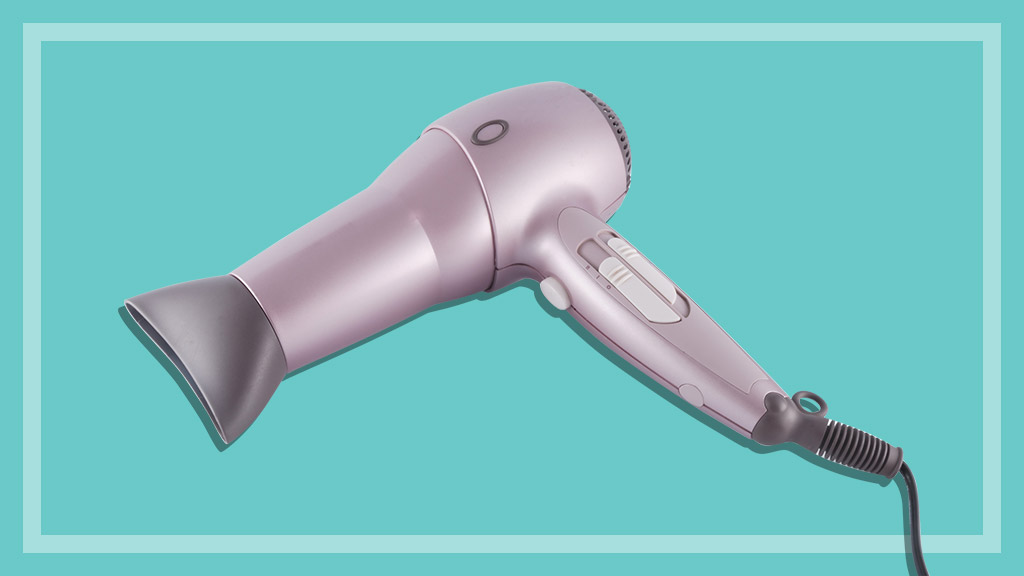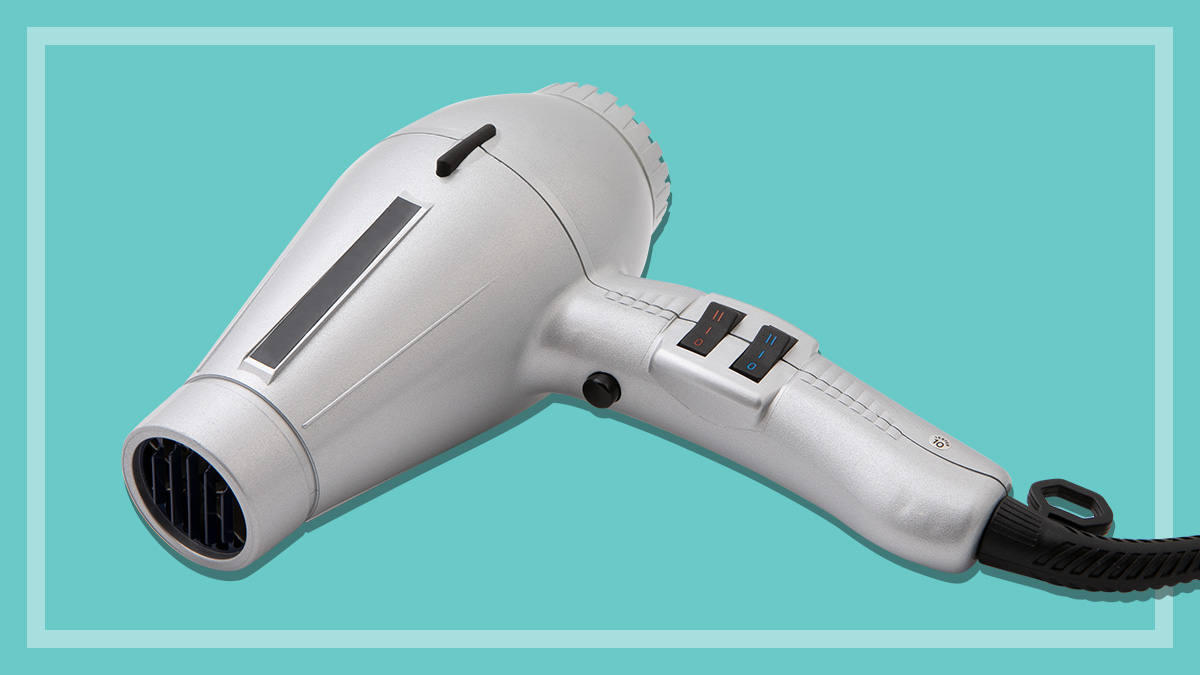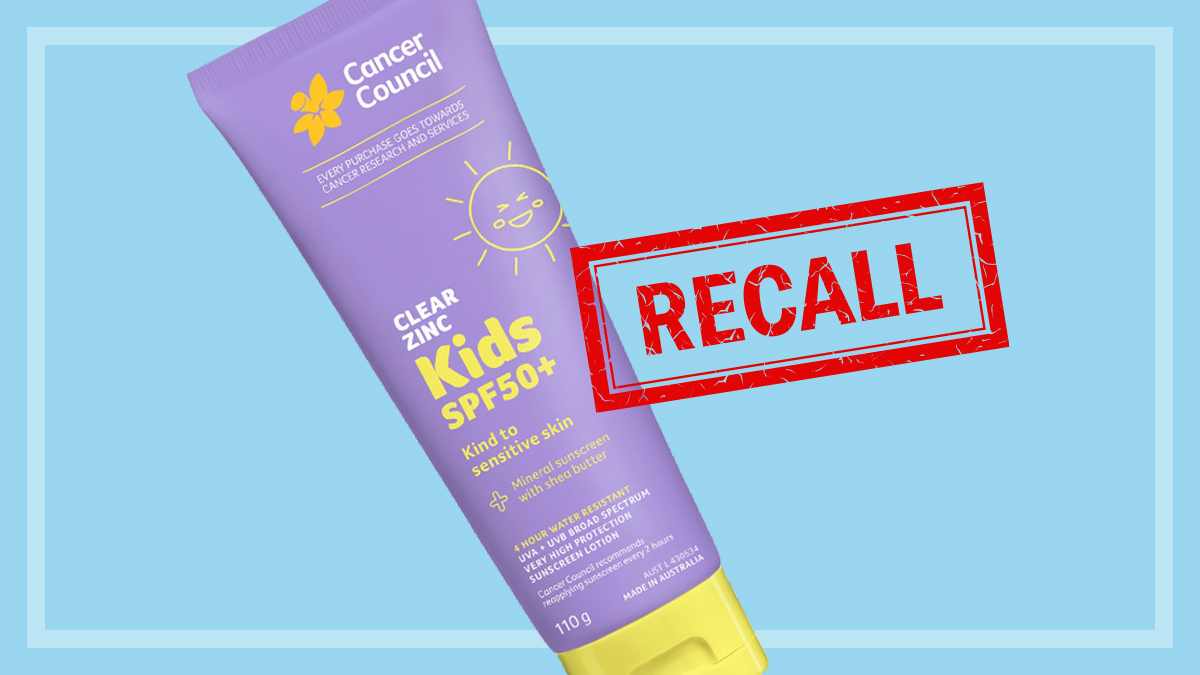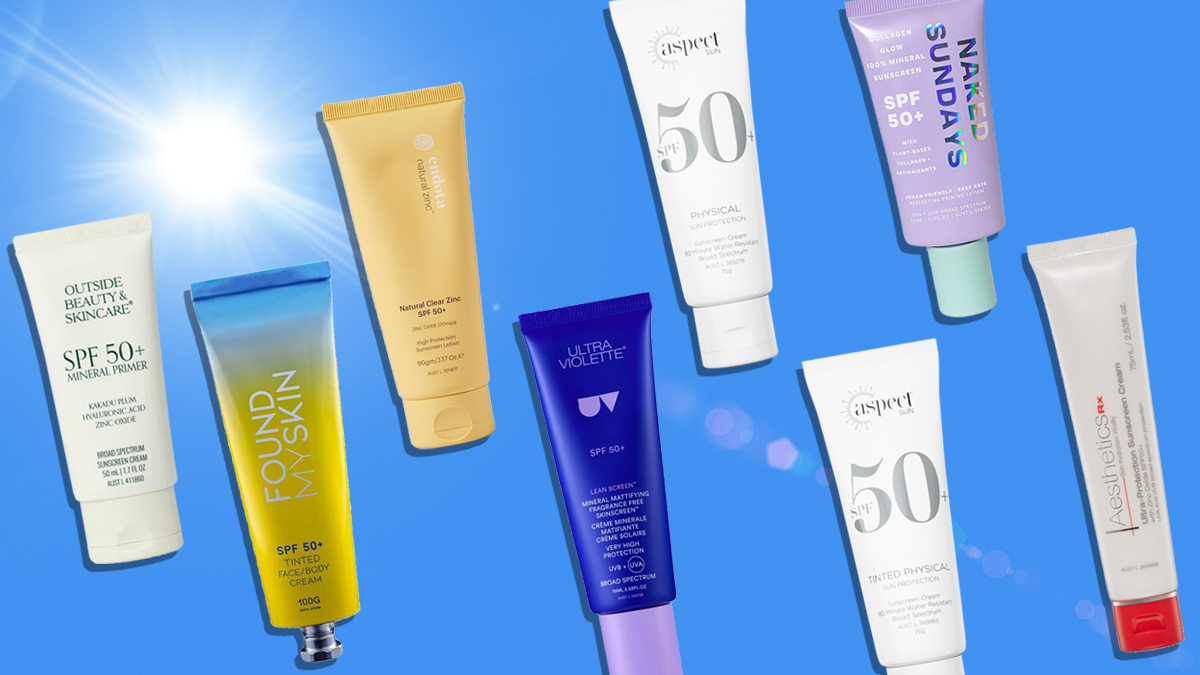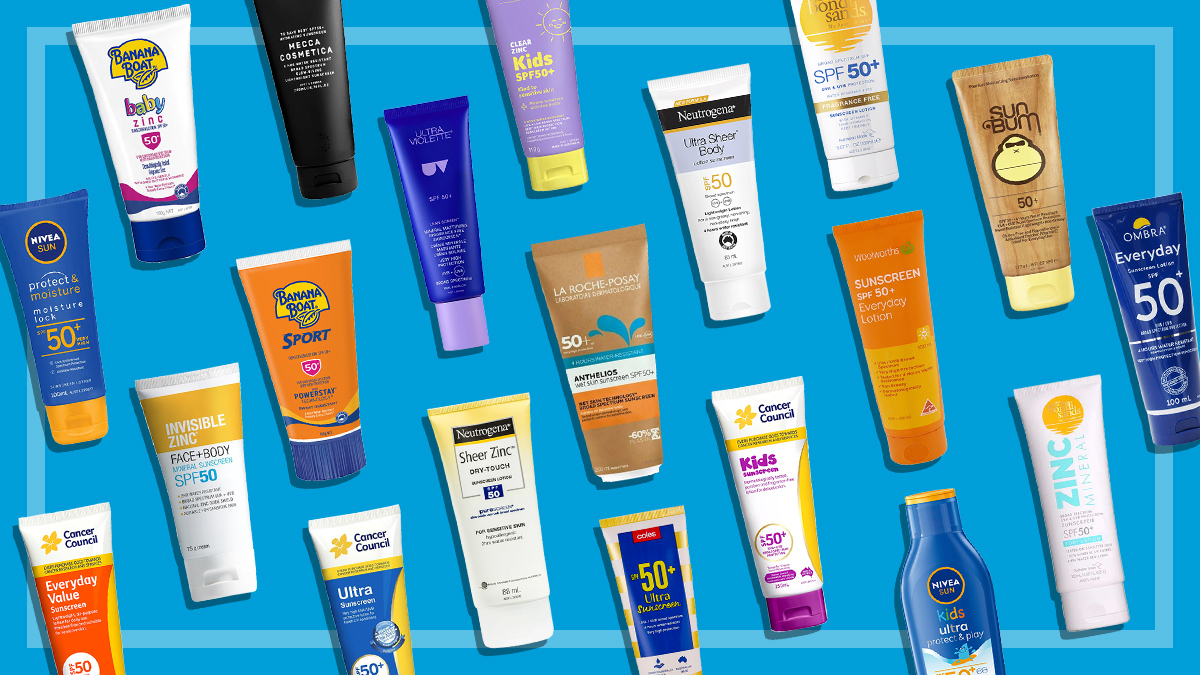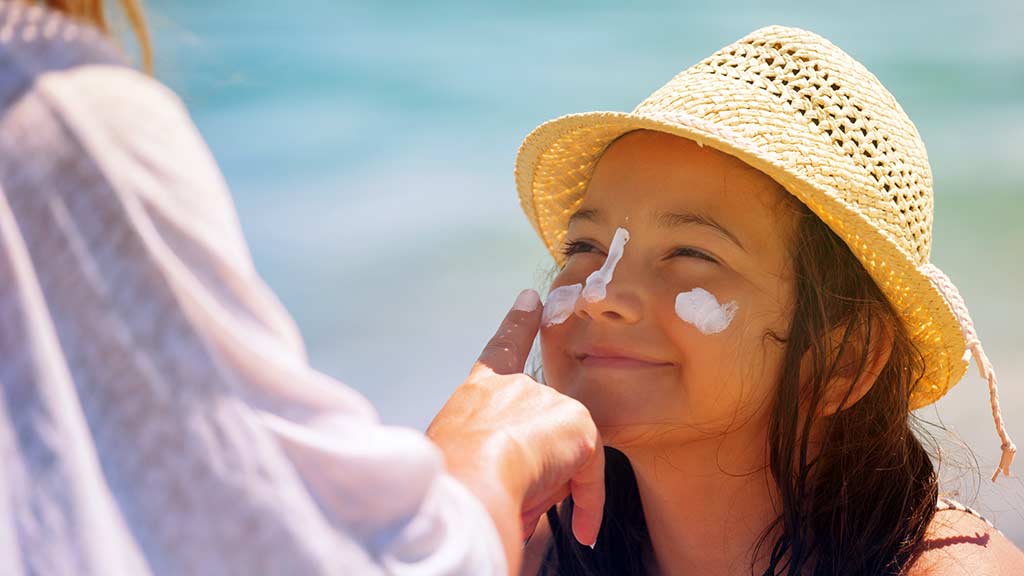Get our independent lab tests, expert reviews and honest advice.
Should I use box dye to colour my hair at home?
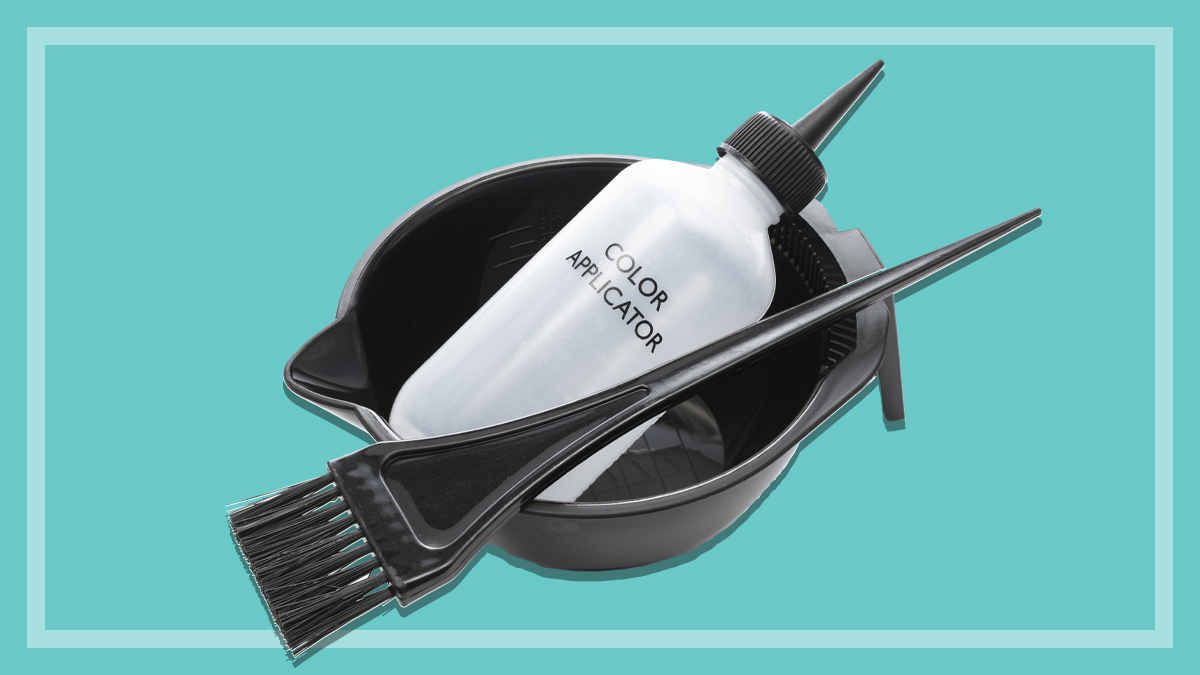
Swapping your expensive salon visits for a home hair dye will undoubtedly save you money, but will you be happy with the results?
On this page:
- Pros and cons of home hair dye
- Price comparison
- How to dye your own hair
- What chemicals are in home hair dye?
- Will I have an allergic reaction to hair dye?
- Can hair dye cause cancer?
We tell you everything you need to know about home hair dye, including whether or not you should be worried about the chemicals you’re putting on your hair.

Pros and cons of home hair dye
Pros
- Cost – home hair dye is significantly cheaper than a salon dye.
- Convenience – you can watch a movie or catch up on chores while the dye is developing.
- Creativity – it can be fun to experiment with different colours and looks.
Cons
- Mess – it’s easy to stain walls, basins and clothes.
- Limitations – you’re limited to what’s on the shelf, whereas salon colours are custom-mixed for you. Plus, it can be hard to create complex looks such as balayage and highlights with home dye.
- Risk of an unexpected result – lots of factors can affect how the colour develops, so your colour may not turn out the same as it looks on the box.
Price comparison
Box dye
Semi-permanent colours can cost as little as $5, while permanent colours can cost up to $25. If you have particularly long or thick hair, you may need to buy two boxes of dye. Most box kits will contain everything you need, but you can also buy application kits for about $10 that include an application brush, hair clips and colour bowl.
Salon colour
The price will depend on which salon you go to, the length and thickness of your hair, the level of experience of your stylist, and the type of colour application. You may also be charged for add-on services such as conditioning treatments or toner. Prices will usually range from about $100 for a simple all-over colour or a few face-framing highlights, all the way up to $300-$400 for a full head of blonde highlights. If you need a professional to fix your home-dye disaster, prices can range from $100 upwards depending on the steps needed to reach the outcome you want.
How to dye your own hair
L’Oréal’s home hair colour expert Bronwyn Fraser shares her expert tips.
Decide if you can achieve the result you want with home dye
Home dye is best for covering grey, adding shine or retouching roots by means of an all-over colour. Some colour looks require a professional application technique and skill to achieve the result – for example, foiled highlights or dramatic colour changes.
Never try to apply lighter dye over a previously applied darker dye – it’s best to head to the salon when it comes to lightening pre-existing colour.
If you’ve dyed your hair with henna, you may get patchy results if you try to do a chemical dye over the top.
Choose your shade
Select a shade that’s within two shades of your natural colour, either lighter or darker. This ensures it will harmonise with your natural colouring and be easy to maintain. People with warm skin tones should choose gold, copper and red tones, whereas those with cold skin tones will look better with beige, ash and violet tones.
Apply the colour
- Read the instructions twice and do a skin patch test before you start.
- Wear an old t-shirt and keep an old towel handy to catch any drips.
- Apply petroleum jelly around your hairline to stop the dye staining your skin.
- Allow yourself plenty of time to apply, develop, rinse and style – about 1.5 hours in total.
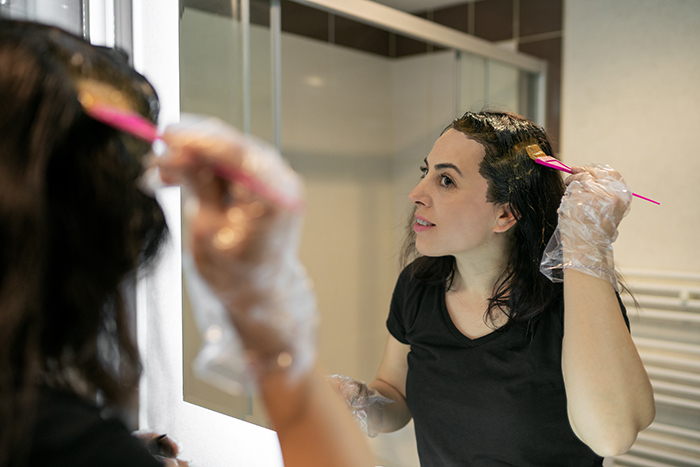
Home hair dye disaster: Renee’s story
Renee experienced a box-dye disaster when she tried to go platinum blonde at home.
“I had box-dyed black hair at the time, so I bought the strongest blonde hair dye I could find and left it in my hair for longer than the recommended time,” she says.
“My roots turned white, most of my hair went orange and the ends melted off completely. I hated the orange colour, so I applied blonde hair dye twice more in a period of two days. I ended up with yellowy-white, straw-like hair that was just a few centimetres long – all my ends had snapped off.”
My roots turned white, most of my hair went orange and the ends melted off completely
Despite this disaster, Renee hasn’t been deterred from box dyeing her hair blonde, but she’s got a bit wiser.
“I recently went platinum blonde at home but I did things differently,” she says. “Firstly, I applied the dye on my natural, undyed hair. I also alternated between bleach washes and a less concentrated blonde dye application over a period of days to gently and gradually go blonde. I’m really happy with the result I achieved.”
Hair salon horror: Wendy’s story
Wendy has been dying her own hair with henna for the past eight years, ever since she had a bad experience at a salon during her uni days.
“It started out normal enough, hair dye on, tucked up under the heat with a trashy mag and a cup of tea,” she says. “But then the timer went off and no hairdresser appeared.
“She must have forgotten about me or didn’t hear the timer go off. I wasn’t sure if I should get up and try to find her and I was questioning myself: maybe the dye was supposed to be left on longer? Maybe my scalp was supposed to be burning?”
It took years to grow out the damaged hair
Eventually, Wendy found someone to wash out the dye. But she was surprised that the hairdresser was treating the whole situation as though it were perfectly normal.
“It amazes me that the hairdresser didn’t notice anything amiss when she dried and styled my hair (maybe she was hoping I wouldn’t notice),” says Wendy. “When wet, my hair was a slimy mess. When it was dry, it was frizzy and broke, my scalp peeled.
“It took years to grow out the damaged hair, and all that time I looked like I had stepped out of the 1980s with a bad perm. That was my last salon-dye experience.”
Wendy says it’s easy to mix up a henna kit yourself and, although it takes longer to develop, the clean-up is less messy than with regular dye.
“Thankfully my hair is in much better condition now and with henna I don’t have to worry about my hair melting off,” she says.
Home hair-dye subscription service
You can now get a subscription service for everything from underwear to fine wines, so why not hair dye too?
The Shade is a hair-dye subscription service that delivers dye to your door (from $24.95) every two, four, six, or eight weeks.
Its hair dye is free from ammonia and PPD (it contains ethanolamine and TDS instead) and there are 30 permanent colours to choose from.
The Shade also offers an online “colour consultation”, which asks you about your natural hair colour, your vein colour (to determine your skin undertone) and the colour change you’re looking for. Based on your answers, you get a colour recommendation – a useful service for those who want help choosing the right shade of DIY dye.
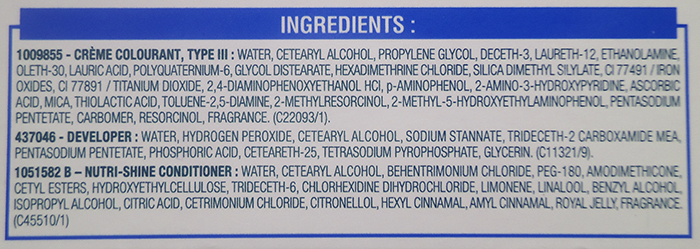
What chemicals are in home hair dye?
Home vs salon dye
According to Bronwyn Fraser, national education & projects manager at L’Oréal’s Consumer Products Division, the active ingredients in home hair dye are the same as those found in salon dye, but the concentrations may differ.
“Our home hair dyes are designed to allow customers to achieve a natural-looking result that falls within two shades of their natural hair colour,” she says. “Salon colour can be mixed with developers of varying strengths, so the stylist can achieve more dramatic and customised results.”
Salon colours also contain the latest ingredients, such as conditioning and reconstructive agents to leave the hair in better condition.
Chemicals in hair dye
To colour the hair permanently, most hair dyes use a combination of ammonia and hydrogen peroxide, as well as a range of other chemicals, which vary depending on the brand and formulation.
Hydrogen peroxide works by bleaching out the hair’s natural colour and releasing oxygen, which allows chemical reactions to take place. Hydrogen peroxide is quite harsh and can harden and thin the hair. It’s also thought to irritate the skin, eyes and respiratory system.
Ammonia works by breaking down the outer cuticle around the hair shaft, letting the other chemicals enter the hair, where the colour development can take place. Ammonia doesn’t carry a high risk of allergic reactions, but it can be harsh and have a drying effect on hair. The fumes can cause irritation to the eyes and nose.
- ethanolamine (monoethanolamine, diethanolamine, etc), often used as an alternative in ammonia-free products
- resorcinol, which can sometimes cause allergies and can be irritating
- sodium lauryl sulfate (SLS), which may dry or irritate your skin
- parabens, preservatives often questioned for their potential oestrogenic effects. They’re not widely used in hair-dye products, so excluding them isn’t a strong selling point
- lead acetate, found in hair-colour restorers rather than dyes. Lead is a neurotoxin and a suspected carcinogen (cause of cancer). Studies have found that very little is absorbed into the blood through the scalp, though long-term cumulative effects haven’t been studied. Bismuth citrate is sometimes used instead of lead acetate in hair-colour restorers, and is thought to be less toxic
- para-phenylenediamine (PPD), toluene-2,5-diamine (TD) and toluene-2,5-diamine sulphate (TDS) can cause allergies. Symptoms range from a burning sensation and redness or rash, to weeping blisters, chemical burns and severe swelling of the face. Anaphylactic shock is rare but it happens.
Is natural hair dye better?
Hair-dye manufacturers have responded to increasing consumer concerns about chemicals in personal-care products by releasing hair-dye that’s marketed as ‘natural’, ‘gentle’ or ‘free’ of certain chemicals – but are these products actually any better?
Ammonia-free hair dye usually contains some form of ethanolamine instead, which isn’t necessarily better for your hair or your health. Ethanolamine has a milder odour than ammonia, but, just like ammonia, can cause irritation to the skin, eyes and nose. According to research by The Environmental Working Group (EWG) based in the US, ethanolamine is similar in toxicity to ammonia. A 2014 study also found that monoethanolamine causes significantly more damage to hair than ammonia.
Verdict: there’s no benefit to using ammonia-free hair dye.
Of all the chemicals in hair dye, PPD has the strongest allergenic potential and is the most common cause of hair-dye contact dermatitis. It’s found in most permanent dye products on the market, because it plays an essential role in making the colour last. Manufacturers aren’t required to state exactly how much PPD is present in a product and, depending on the colour, the quantity can vary, but there tends to be more PPD in darker dyes.
Some ‘natural’ hair-dye brands try to minimise the amount of PPD in their products, but others have replaced it altogether, making them PPD-free . However, there is no natural substitute for PPD – it’s most commonly replaced by a very similar chemical called toluene-2 5-diamine (TD) and its sulfate toluene-2 5-diamine sulfate (TDS). TD and TDS are associated with the same risks and side effects as PPD, and are classified as contact sensitisers and strong allergens. However, there is some evidence that TD and TDS are slightly less likely to cause allergic reactions than PPD.
Other common PPD alternatives:
- N, N‐bis (2‐hydroxyethyl)‐p‐phenylenediamine sulfate is believed to be a moderate/strong skin sensitiser. There are very few studies comparing its allergenic potential with that of PPD, but it’s very similar to the chemical hydroxyethyl‐p ‐phenylenediamine sulfate (HPPS), which one study found to be less allergenic than PPD.
- 4-amino-2-hydroxytoluene (AHT) is believed to be a moderate/strong skin sensitiser. There are very few studies comparing its allergenic potential with that of PPD, although some anecdotal evidence suggests it may cause reactions only when combined with PPD.
- 2-methoxymethyl-p-phenylenediamine (ME-PPD) is a moderate skin sensitiser and has been shown to be less likely to cause people to develop allergies than PPD, although those who are already allergic to PPD may also react to ME-PPD.
According to professor Ian Rae, honorary professorial fellow in the School of Chemistry at the University of Melbourne, despite their different names, all these chemicals are very similar to PPD. “They need to be very similar, otherwise they wouldn’t work,” he says. “This means they will likely have similar risks to human health.”
Verdict: PPD-free hair dyes carry similar risks to those containing PPD. But dyes that use ME-PPD may be less likely to cause you to develop an allergy.
Plenty of hair-dye brands market themselves as ‘natural’. But the only truly natural hair dyes are henna, indigo and cassia.
Henna generally produces a reddish colour. Indigo can be used on its own to create a grey-blue, blue-charcoal or blue-black colour (depending on your natural hair colour). Or you can mix it with henna to produce warm brunette tones. Cassia has very subtle colour effects and is used mainly to add condition and shine to darker hair or a golden tint to grey or blonde hair.
Make sure you check that the product you’re buying is pure, as some plant-dye products contain added PPD or metallic salts. Pure henna is much gentler on your hair than chemical hair dye because it sits on top of the hair, rather than penetrating into the cortex, which can cause damage. Allergic reactions to henna do happen but are very uncommon.

Will I have an allergic reaction to hair dye?
According to dermatologist Dr Ritu Gupta, hair-dye allergies are relatively rare.
“If your skin reacts to hair dye, it can be either from a sensitivity or an allergy,” she says. “A sensitivity is just skin irritation, which is especially common in people with skin conditions like eczema and dermatitis.
“An allergy is something that develops over time – in fact, an allergy won’t usually show the first time you are exposed, it can happen after using the same product for years with no issues.”
How will I know if I’m allergic?
Dr Gupta says it’s almost impossible to know if you’re experiencing sensitivity or an allergic reaction to hair dye without consulting a dermatologist.
“Both allergy and sensitivity can present as a rash which is itchy, flaky, red or burning,” she says. “You might assume an allergic reaction is more severe, but that’s not necessarily the case.”
It’s almost impossible to know if you’re experiencing sensitivity or an allergic reaction to hair dye without consulting a dermatologist
Dr Gupta says products on Australian shelves are relatively safe. But buying hair dye from overseas can be risky, as they may have undisclosed ingredients or unsafe concentrations of potentially allergy-inducing chemicals that are banned in Australia.
In a CHOICE test of home hair dye from 2007, five of the 113 trialists reported reactions to the dyes such as an itchy or stinging scalp, an itchy rash on the sides of the face, and sensitivity to heat.
Skin patch test for allergies
Products with these allergens carry warnings and recommend you do a skin sensitivity (patch) test, whereby you apply a small amount of dye to your forearm or behind your ear. If there’s no reaction within 48 hours, you can probably assume it’s safe to use.
That said, as the EU Scientific Committee on Consumer Products points out, this is no guarantee: there are many misleading and false-negative results, and it can take up to a week to react to the allergen, not 48 hours. The committee also points out that the patch test can actually sensitise people to the allergen, so when they apply the dye to their hair two days later, they then have an allergic reaction.
Although most people are unlikely ever to develop a hair-dye allergy, you can reduce your risk by making sure you don’t get any dye on your skin. Use gloves to apply the dye and don’t leave it on any longer than the recommended time.
Your options if you’re allergic
- If you’re allergic to PPD, you may also be allergic to PPD alternatives, because they’re similar chemicals. However, studies have found that it’s possible to be allergic to one but not to others. If you have a confirmed allergy to one, it could be worth trying a hair colour with the other – but do two patch tests a week apart, and only apply colour to hair a week after a second patch test that was all-clear. If you’ve suffered a severe reaction in the past, try this only after consulting your dermatologist.
- Choose a semi-permanent dye that contains no PPD or PPD alternatives.
- For mild allergies, ask the hairdresser for foils and specify that the dye mustn’t touch your scalp, or stick with highlights using a cap.
- If you’re allergic to hair dye, you may also be allergic to benzocaine, a topical anaesthetic used in some anti-itch creams, dental and medical ointments, and cough drops.
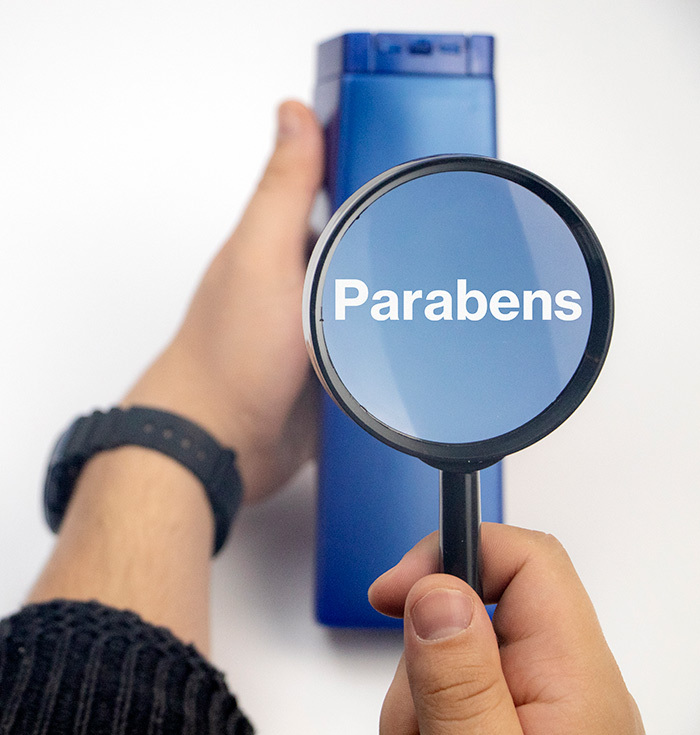
Can hair dye cause cancer?
In the past, there’s been some concern from health authorities that the chemicals in hair dye could lead to bladder and breast cancer. However, there isn’t much evidence to support this.
A 2005 review of the medical literature, published in the Journal of the American Medical Association, found that using hair dye was not associated with an increased risk of cancer, including in people who dye their hair regularly.
But a US study in 2019 did find a link between using permanent hair dye and an increased risk of breast cancer in women – particularly African-American women – who had a sister with the disease. But although the results are interesting, they haven’t been replicated, and further research is needed before concluding that hair dye can cause breast cancer.
In Australia, the chemicals used in cosmetics are regulated by the National Chemicals Notification and Assessment Scheme. The NICNAS ensures they remain at safe levels and are clearly labelled for consumer safety.
But some of the ingredients found in hair dye – for example, resorcinol and parabens – are suspected to be endocrine-disrupting chemicals (EDCs). EDCs interfere with the production, action and/or elimination of our naturally present hormones, and are linked to some cancers, reproductive abnormalities, and a range of other disorders and conditions. Find out more in our article about EDCs.

